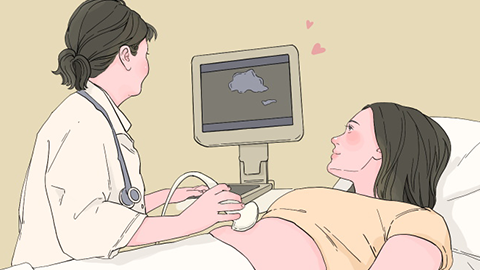Can the biparietal diameter and femur length be used to determine fetal weight?
Generally, the biparietal diameter (BPD) and femur length (FL) can serve as reference indicators for estimating fetal weight. The detailed analysis is as follows:

During prenatal ultrasound examinations, doctors measure multiple parameters including the biparietal diameter and femur length, and use calculation formulas to estimate fetal weight. These formulas incorporate various indicators such as gestational age, abdominal circumference, and head circumference, thereby providing a relatively accurate predicted value for fetal weight. Therefore, the biparietal diameter and femur length can serve as one of the reference indicators for assessing fetal weight.
However, fetal weight estimation is a relatively complex process. In addition to the biparietal diameter and femur length, it is necessary to perform a comprehensive evaluation by combining factors such as the mother's uterine height, abdominal circumference, fetal development status, and gestational age. Moreover, fetal weight estimation can also be influenced by multiple factors such as fetal position, amniotic fluid volume, and placental position, so some degree of error is inevitable.
Pregnant women are advised to attend regular prenatal check-ups at the hospital to stay informed about their own health status and fetal development in a timely manner.




